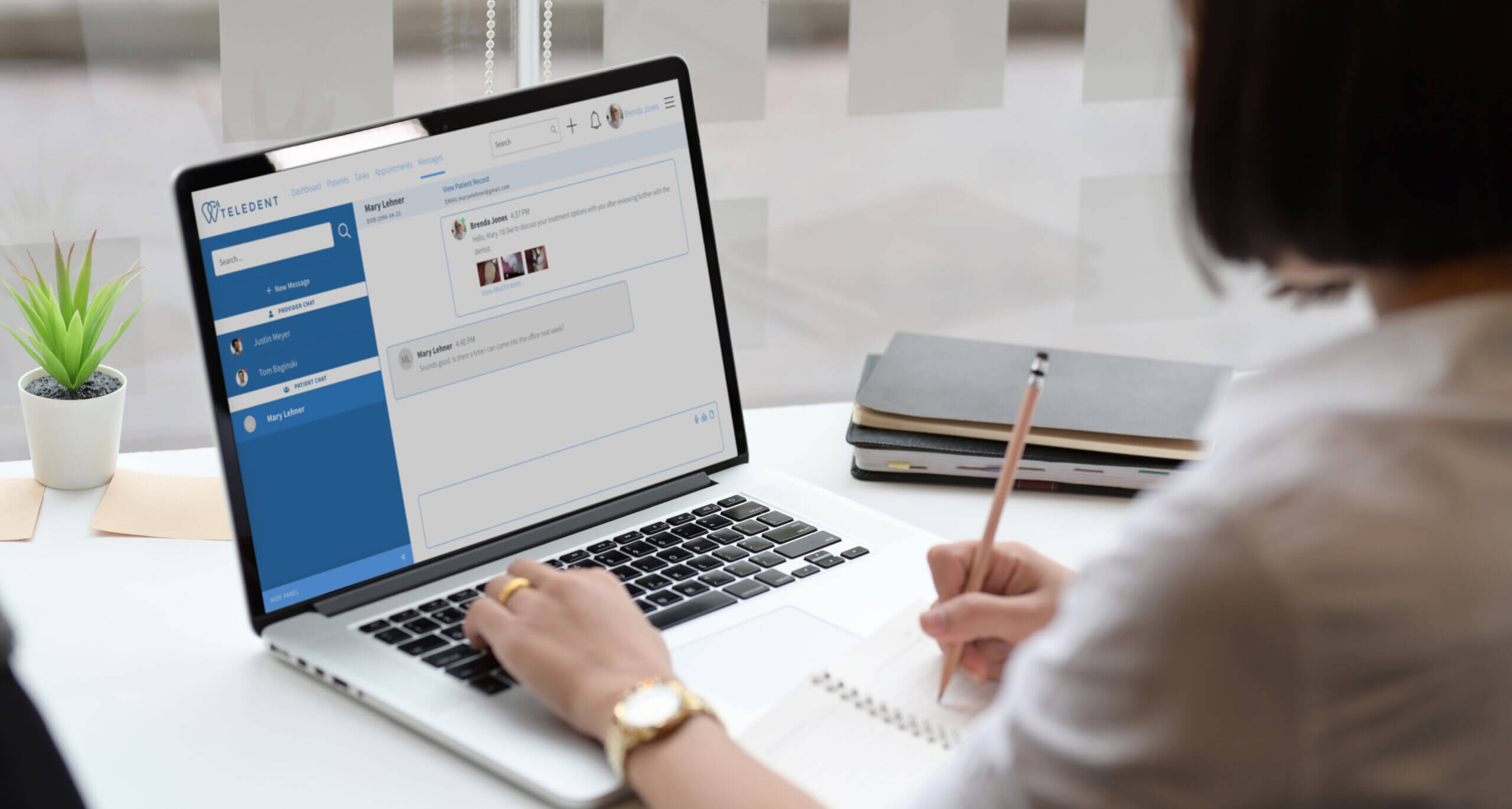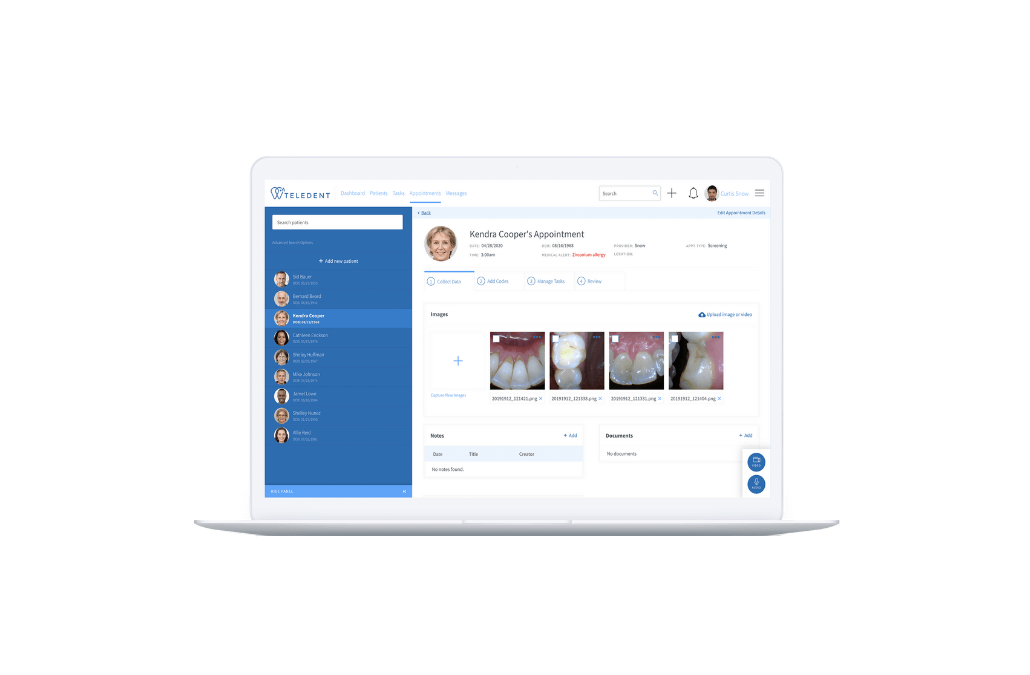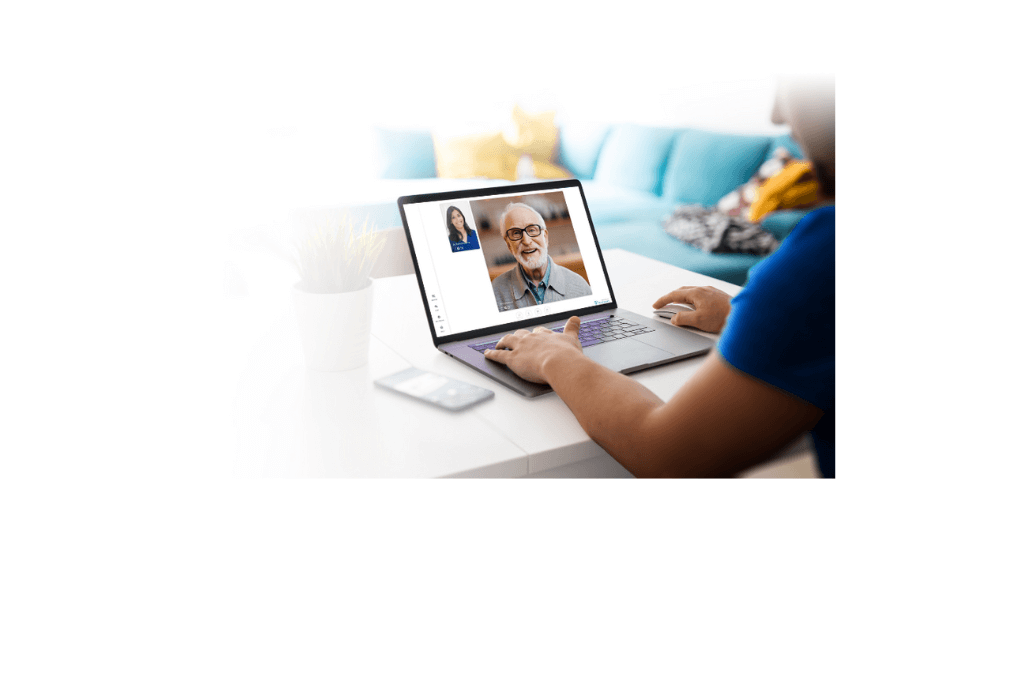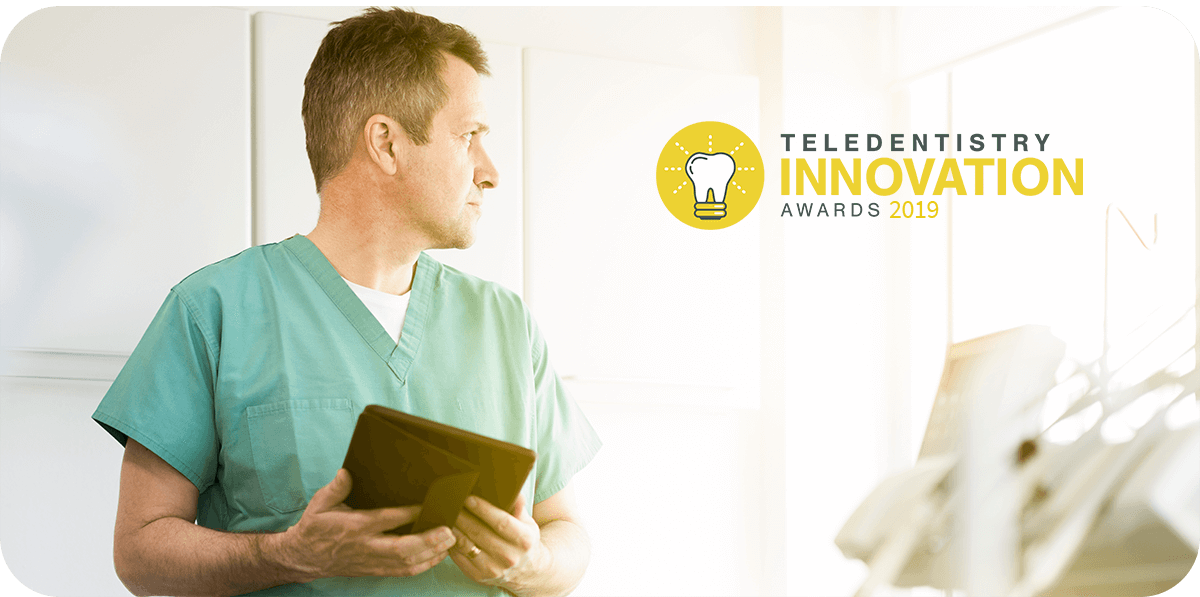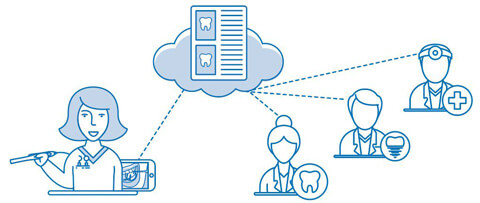Teledentistry
What You Need to Know
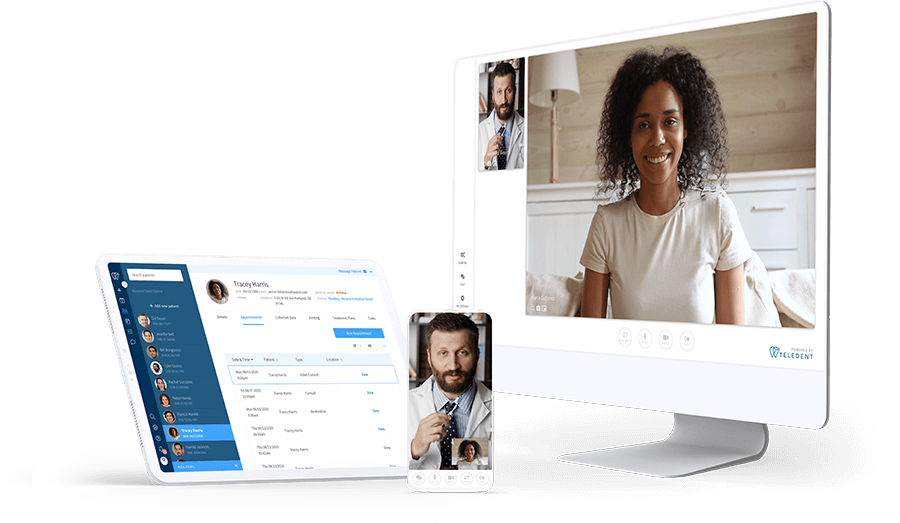
We’re the company behind TeleDent™, a robust teledentistry platform for multi-setting use cases and professional grade dental telehealth management. Whether you're new to teledentistry or seeking to expand your understanding, we're here to guide you through its fundamentals and showcase its transformative potential. Discover how teledentistry enhances access to care, improves patient outcomes, and streamlines workflows.


